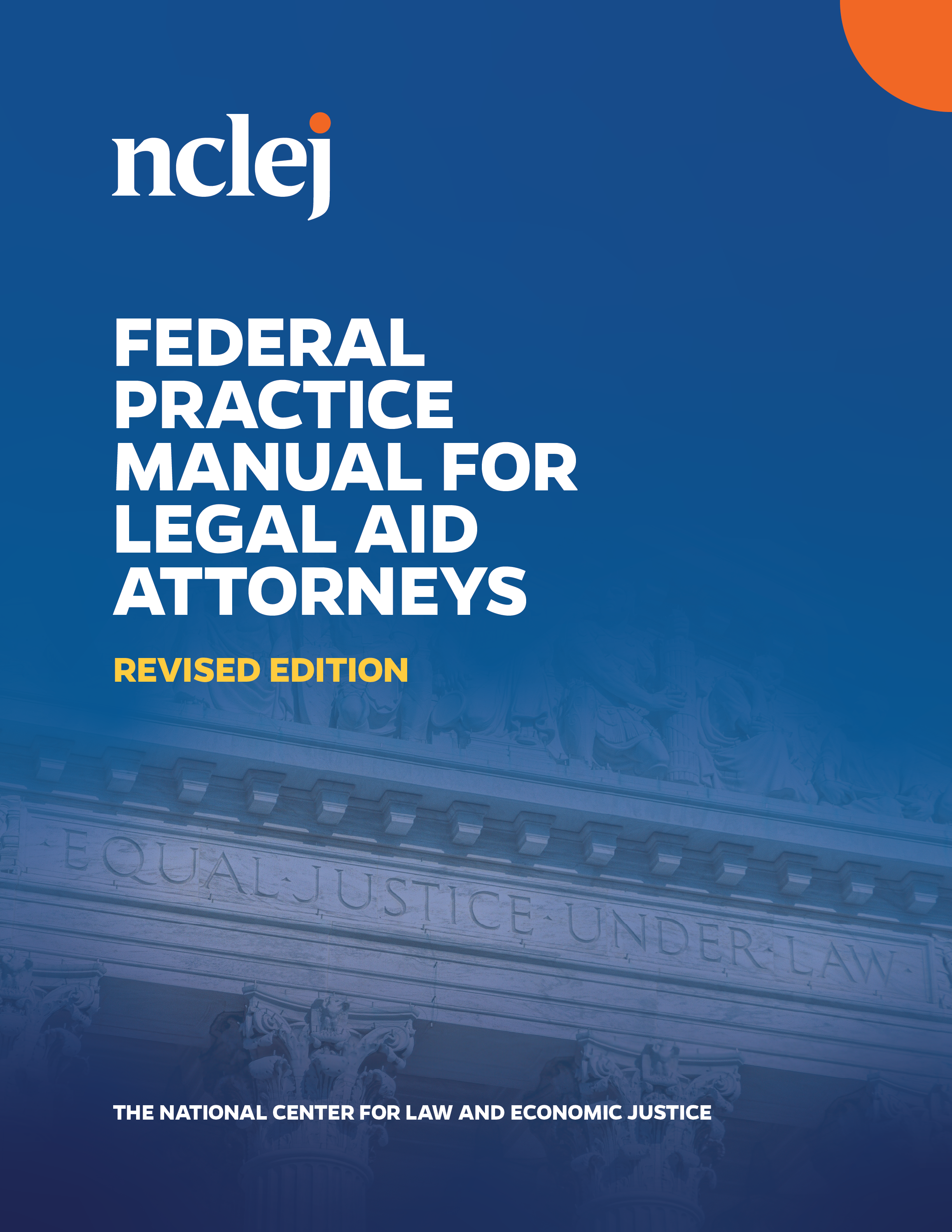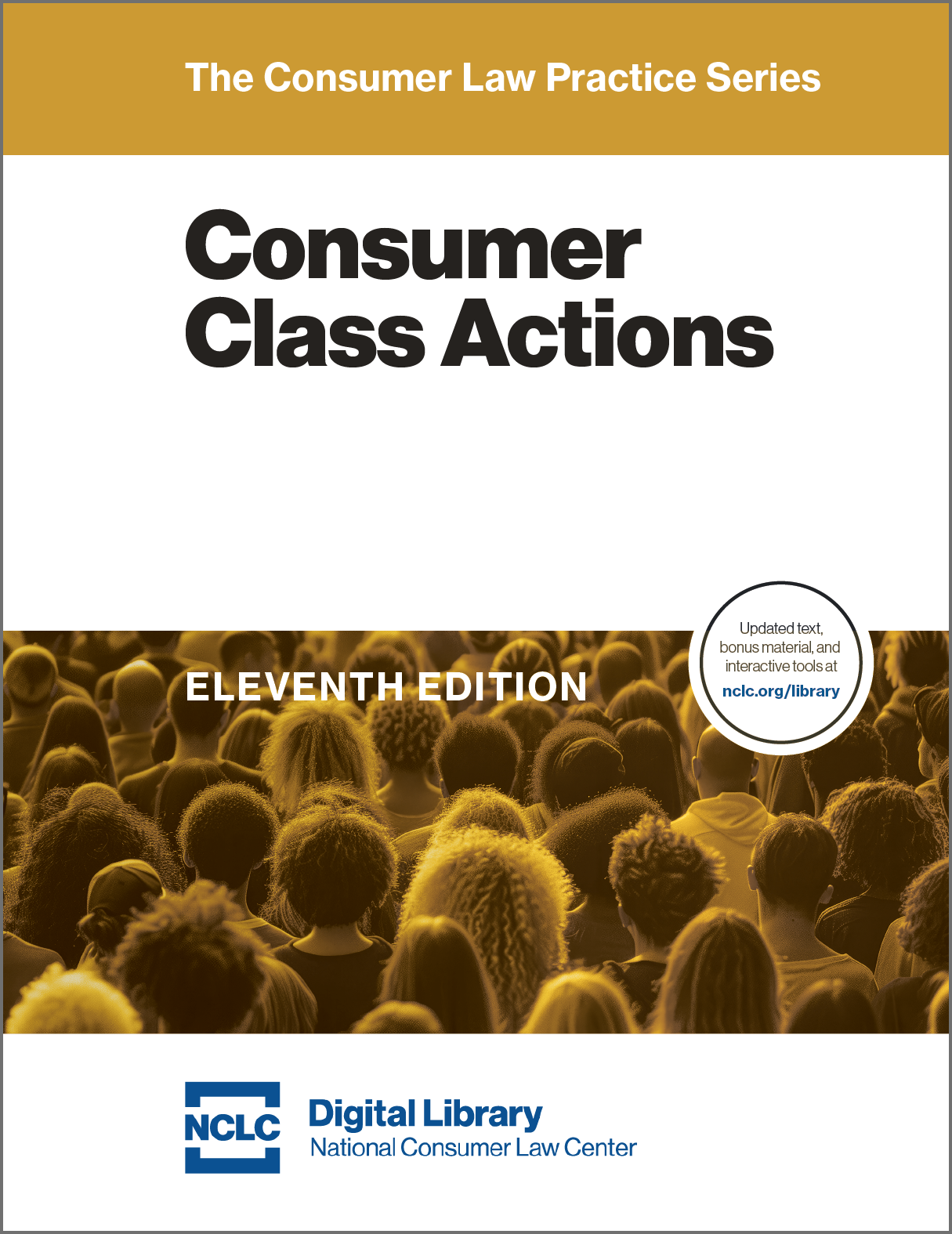Credit Discrimination Statutes Offer Underutilized Consumer Remedies
If Pending Supreme Court Consumer or Class Cases End in a 4-4 Tie
It is increasingly likely that cases currently awaiting decision before the Supreme Court will be decided by eight justices. Two of the cases argued last fall and now awaiting decision could have dramatic impacts on consumer law and class action practices, and this article describes the implications if those cases result in a 4 to 4 tie.
Spokeo v. Robins Described
Supreme Court Affirms Class Certification Based on Representative and Statistical Evidence
Supreme Court’s March 29 Ruling in Expressions Hair Design: Free Speech and Consumer Regulations
A Must-Read for All Consumer Lawyers: NACA’s New Class Action Guidelines
This article explains the top four reasons why the new Fourth Edition of NACA’s Standards and Guidelines for Litigation and Settling Consumer Class Actions is a must-read not only for class action attorneys, but even for lawyers whose practice typically does involve class actions. The article lists the areas covered by the guidelines, changes in the Fourth Edition, and other key NCLC class action resources.
Image

Protecting Awards for Named Plaintiffs; Other Class Action Practice Tips
This article provides practical steps to respond to an Eleventh Circuit ruling prohibiting extra recoveries for class representatives—a ruling that can cause havoc with prosecution of consumer class actions. The article also explains how to use the Supreme Court’s Ramirez case to breathe new life into state court class actions and highlights available practice tools from today’s most successful consumer class action practitioners.
Twelve Reasons to Bring Reverse Redlining Claims Against Predatory Lenders
This article provides 12 reasons for bringing reverse redlining claims against predatory lenders, under the Equal Credit Opportunity, Fair Housing, and/or Civil Rights Acts. Reverse redlining targets predatory practices at communities of color or other protected groups, whether or not better terms are offered elsewhere. Recent cases bringing reverse redlining claims are included.

